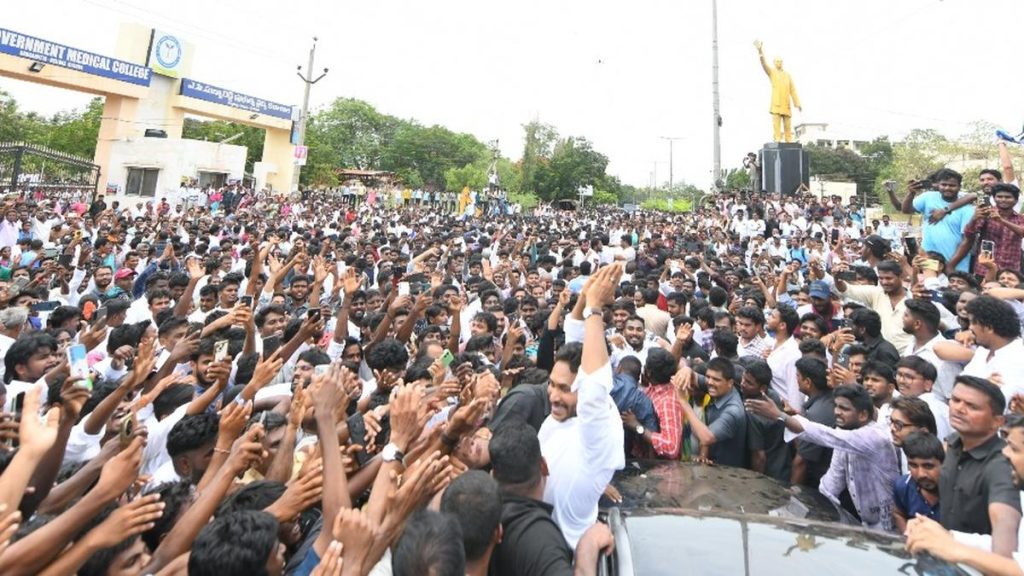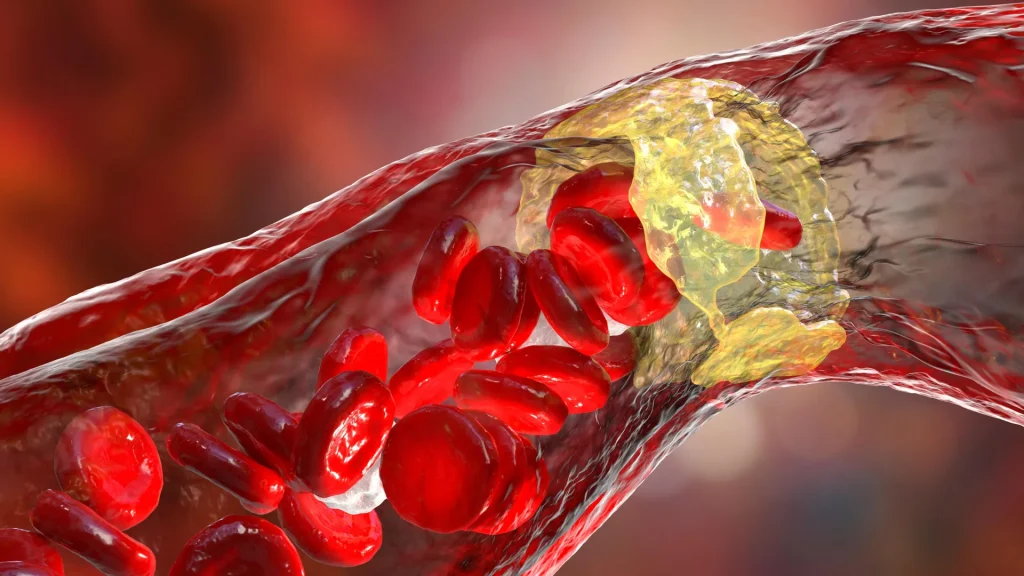Now Reading: Lowering Blood Pressure Linked to Reduced Dementia Risk
-
01
Lowering Blood Pressure Linked to Reduced Dementia Risk
Lowering Blood Pressure Linked to Reduced Dementia Risk

Rapid Summary
- A large study conducted in rural China involving 33,995 participants aged 40 or older with hypertension has found that reducing high blood pressure lowers the risk of dementia and cognitive impairment.
- Participants were divided into two groups: one received aggressive blood pressure reduction treatment with multiple medications (e.g., ACE inhibitors, diuretics) alongside coaching on lifestyle changes; the other group, the control group, received less intensive treatment involving fewer medications.
- After 48 months, those in the aggressively treated group reduced their average blood pressure from 157/87.9 mmHg to 127.6/72.6 mmHg compared to only a modest reduction in the control group (155.4/87.2 mmHg to 147.7/81 mmHg).
- Results showed a important reduction in dementia cases (15% fewer diagnoses) and cognitive impairment (16% fewer cases) among participants receiving aggressive treatment compared to controls.
- Experts such as Jiang He from the University of Texas Southwestern Medical Center emphasized adopting these interventions globally given their proven effectiveness.
- Other researchers noted that while treating hypertension is crucial for avoiding dementia, broader factors such as smoking cessation and physical activity also influence aging healthily.
Indian opinion Analysis
The findings from this study highlight an significant health strategy for India-a contry grappling with high rates of hypertension owing to changing lifestyles and urbanization trends. Implementing thorough blood pressure management programs could have substantial implications not just for reducing cardiovascular diseases but also for addressing future challenges like dementia prevalence among India’s aging population.
However, scaling up such interventions may require bolstered healthcare infrastructure across rural and urban areas alike-considering India’s healthcare disparities-while promoting affordability of multi-drug regimens remains key given economic constraints many patients face at grassroots levels.
Additionally, there is merit in combining this approach with holistic public health campaigns addressing wider risk factors like physical inactivity or social isolation-all pivotal conditions frequently enough observed within Indian society’s changing demographic patterns regarding elderly care services.


























